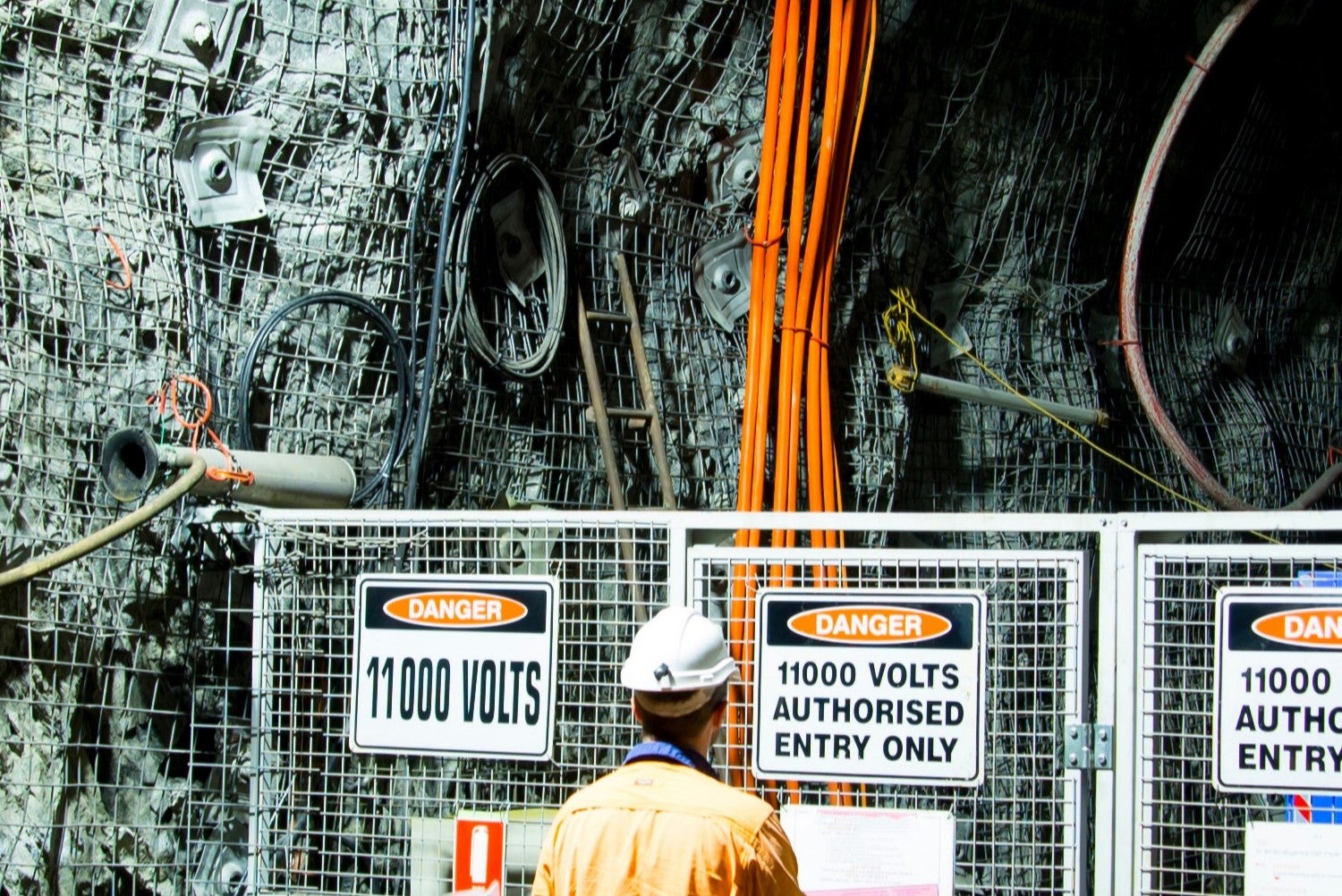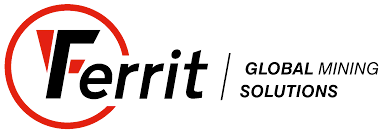
The vast majority of mines globally have been using diesel-powered machinery, but electric vehicles are gaining ground owing to concerns around CO2 emissions.
In a 2019 Globaldata report on ‘De-dieselisation’ of vehicles, (caused by the under-reporting of CO2 emissions by some car brands), analysts noted that manufacturers across the world had been forced to ramp up their efforts towards battery- and hydrogen fuel cell-powered vehicles.
The many and varied factors driving the change to electric mobility include global net-zero targets and strict CO2 emissions standards based on climate change concerns, the prospect of dwindling oil supplies, the continuing rise in vehicular congestion and technological advancements in this field
There is a long way to go before electric vehicles overtake fossil-fuel-powered ones, not least because of a dearth of related infrastructure like clean/green electricity generation, vehicle charging stations and networks within cities and on the trunk routes between them, vehicular ranges, etc.
In Europe, the large decrease in the market share of diesel powertrains, which has led to higher fuel consumption, has been nearly entirely counterbalanced by increases in hybrid and electric powertrains. As a result, shifting market shares of powertrains have had a negligible impact on average fuel usage.
This change in the source of power for vehicles has in turn affected all types of diesel-powered machinery. We will talk mainly about such equipment and machinery related to mining.
Since the gradual lowering of the dangers of the pandemic, diesel usage has begun to recover across the world as a result of the return of vehicular, railway and marine traffic in domestic and commercial travel and haulage of goods.
There are huge benefits to the mining industry making the switch to electric power – improving safety, lowering costs and reducing greenhouse gas (GHG) emissions. So many mining functions occur in restrictive and dangerous locations and environments (rock faces, tunnels and shafts, underground transport for humans and products, etc.) that by simply doing away with diesel, thereby ending exhaust fumes, will vastly reduce costs related to ventilation. Indeed, the biggest mines require the replacement of millions of cubic feet of atmosphere every single minute.
Reducing reliance on fossil fuels
Mine operators across the world have undertaken aggressive plans to reduce their reliance on fossil fuel as a power source and achieve climate change targets, both internal and those imposed by global organisations. And the main direction is towards electric power, whether using plug-in hybrid electric vehicles (PHEVs), battery electric vehicles (BEVs) or fuel cell electric vehicles (FCEVs).
At the same time, mining companies are digitalising their working processes and also moving towards remote-controlled systems to reduce reliance on humans having to continue to work in extremely hazardous environments that can arise in the deeper areas of a mine. Underground temperatures down the deepest shafts can reach 80°F – 90°F, and this means workers can sometimes only work for 15 minutes before needing to take a break.
Mining machinery, equipment and service providers are also a part of this drive. There is no provider that is not changing their current machinery and equipment models to use electrical power. They have also turned their research and development investment towards an almost completely electric direction.
Across most of its diesel mining machinery and equipment products, Ferrit has electric options available. From ground tracked and suspended monorail transport systems, multipurpose crawler machinery, LHD Loaders and universal vehicles for transporting people and equipment to specialist services in optimising transport, logistics and complete turnkey mine operation projects, it is well-versed to help its customers reduce their carbon footprints.
Ferrit Electric focuses on R&D of electric and electronic equipment for mining machines with a special emphasis on potentially explosive environments. They ensure all their products carry the necessary certification for applications in dangerous environments. These include machine lights, methane sensors, signal horns, alternators, control units and many more.
An international partner to mining operations across the globe in Poland, India, Ukraine, Kazakhstan, Turkey, China and Mexico, and is seeking expansion of its activities to other countries such as South Africa, Indonesia, North America or Australia.
New project management system to speed product to market
It has recently implemented a new project management software system that aims to improve the handling and carrying out of multiple projects with all their varying timelines, targets and other details. Management will be able to view all projects and their statuses through one global interface.
This will lead to a fast response to any suspected bottleneck in the project’s timelines. Failures can be anticipated and mitigated saving time and costs. Another goal Ferrit is aiming for is that once everyone is using the same software and a company-wide dataset, synergies may be discovered by cross-project collaboration between different teams, and that can only help streamline projects further downstream.
Another string to Ferrit’s digital transformation bow is its research into ‘digital twinning’, where its R&D processes for product design and manufacturing, as well as services provision, are going into the virtual world to test their proposed designs and verify their behaviour.
The company is planning to develop electric transportation models for their customers that will be sustainable, quieter and more efficient by analysing their route design and equipment mix, leading to a much tighter operation as related to the numbers of drive and carrying systems required. By preparing this ahead of installation at the customer’s site, great efficiencies can be realised in cost, time and length of the project.


